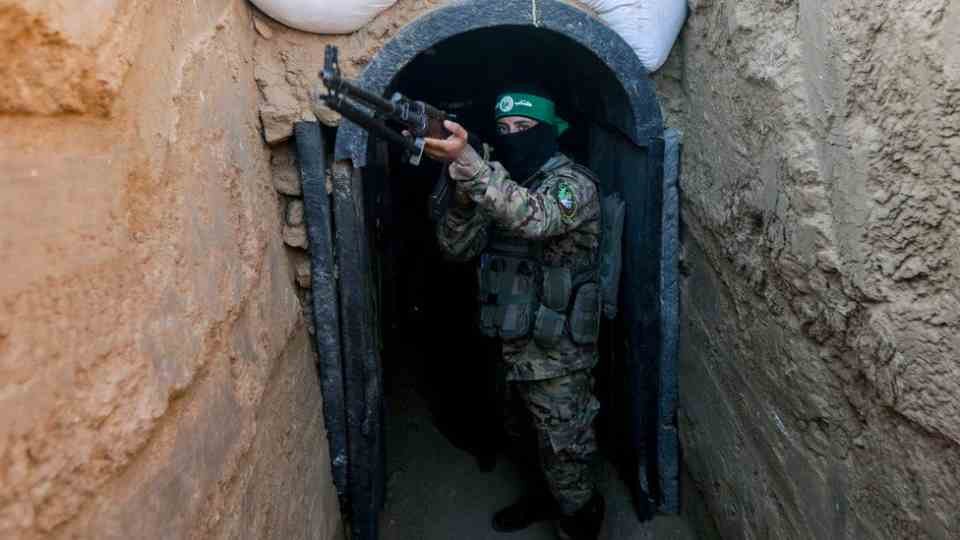Exploring the Intricate World of Tunnels in Gaza: Gaza, a region of great historical significance, has long been a focal point of regional conflict and intrigue. One aspect that often remains hidden from the global spotlight is the vast network of tunnels that crisscross beneath its surface. These tunnels are more than just subterranean passageways; they hold a unique place in the region’s history and ongoing struggles. In this blog, we’ll delve into the fascinating world of tunnels in Gaza, exploring their origins, purposes, and significance.
A Historical Perspective
Tunnels in Gaza have a history that spans centuries. Some of the oldest tunnels in the region date back to ancient times, built for various purposes, including water supply, transportation, and defense. The labyrinthine tunnel systems were used to navigate the region’s arid landscape and provided shelter during times of conflict.
In modern times, tunnels in Gaza have taken on new roles, adapting to the changing needs of the region’s inhabitants. From smuggling to military operations, these tunnels have become an integral part of life in Gaza.
The Smuggling Tunnels
One of the most well-known aspects of Gaza’s tunnel network is their use for smuggling. These tunnels have played a pivotal role in circumventing the Israeli blockade imposed on the region. Items like food, fuel, building materials, and even livestock have been transported through these underground passages, helping the people of Gaza survive amid the blockade’s harsh conditions.
However, it’s important to note that the tunnels have also been used to transport weapons and contraband, raising significant security concerns and leading to conflicts between Israel and Palestinian factions.
Military Tunnels
The tunnel networks are not limited to smuggling. Hamas, in particular, has used tunnels for military purposes. These include offensive tunnels used to infiltrate Israeli territory and defensive tunnels built to protect against Israeli military operations. These tunnels have been a source of tension and conflict between Israel and Palestinian factions, with Israel taking extensive measures to locate and destroy them.
The Human Cost
While the tunnels have served practical purposes, they have also come at a great human cost. Tunnel collapses, often due to shoddy construction or Israeli airstrikes, have led to tragic loss of life. Additionally, the clandestine nature of the tunnels has made them a target for Israeli military action, which can result in civilian casualties and further suffering for the people of Gaza.
Conclusion
The tunnel network in Gaza is a complex and multifaceted aspect of the region’s history and ongoing struggles. From their ancient origins to their modern-day significance, these tunnels reveal the resilience and resourcefulness of the people of Gaza. However, they also underscore the immense challenges and conflicts that persist in the region.
Understanding the role of tunnels in Gaza is essential for comprehending the broader context of the Israeli-Palestinian conflict. These subterranean passages tell a story of survival, resistance, and the enduring human spirit amidst adversity. It is our hope that increased awareness of these tunnels and their implications can contribute to a more informed and empathetic perspective on the situation in Gaza















